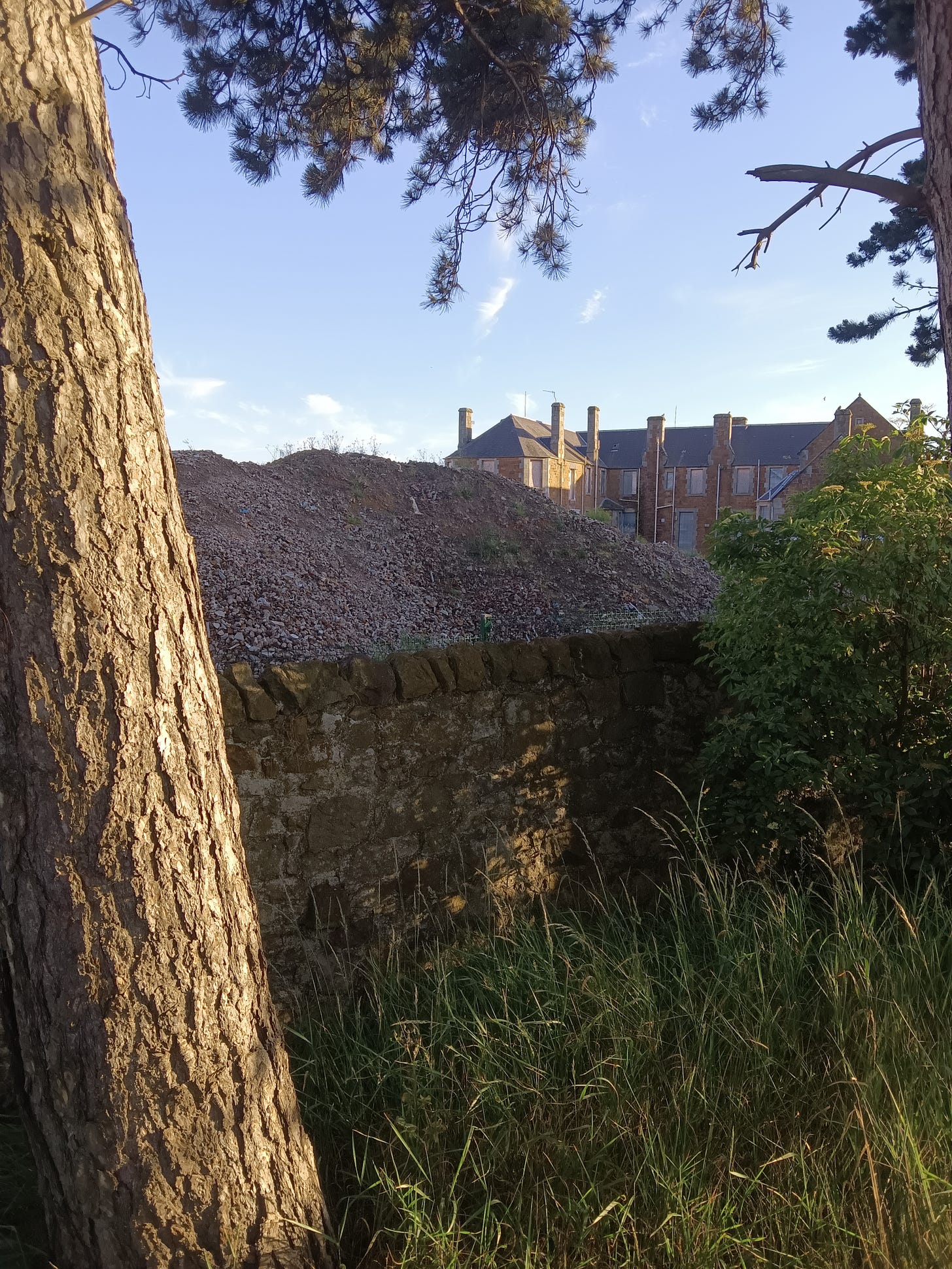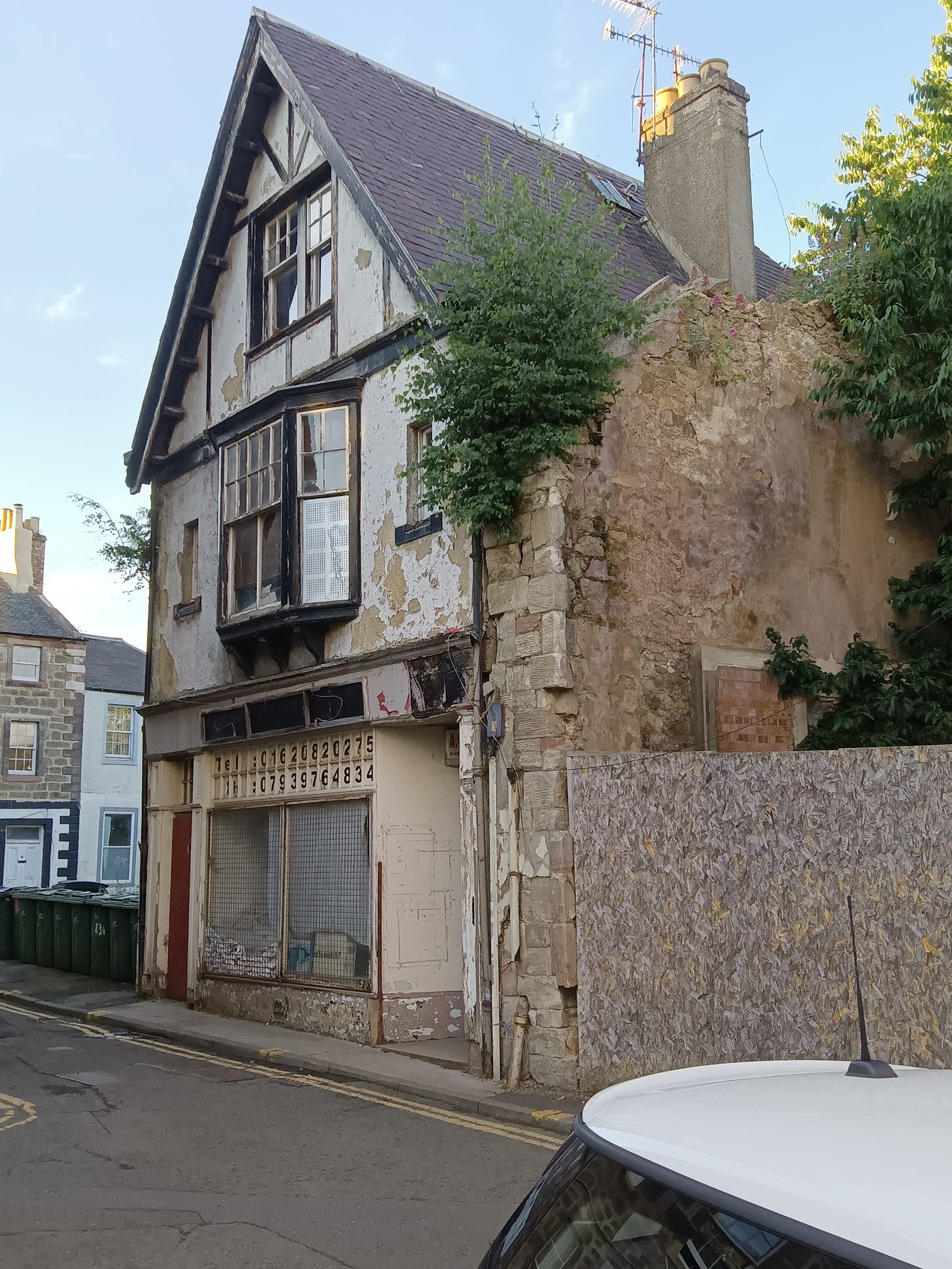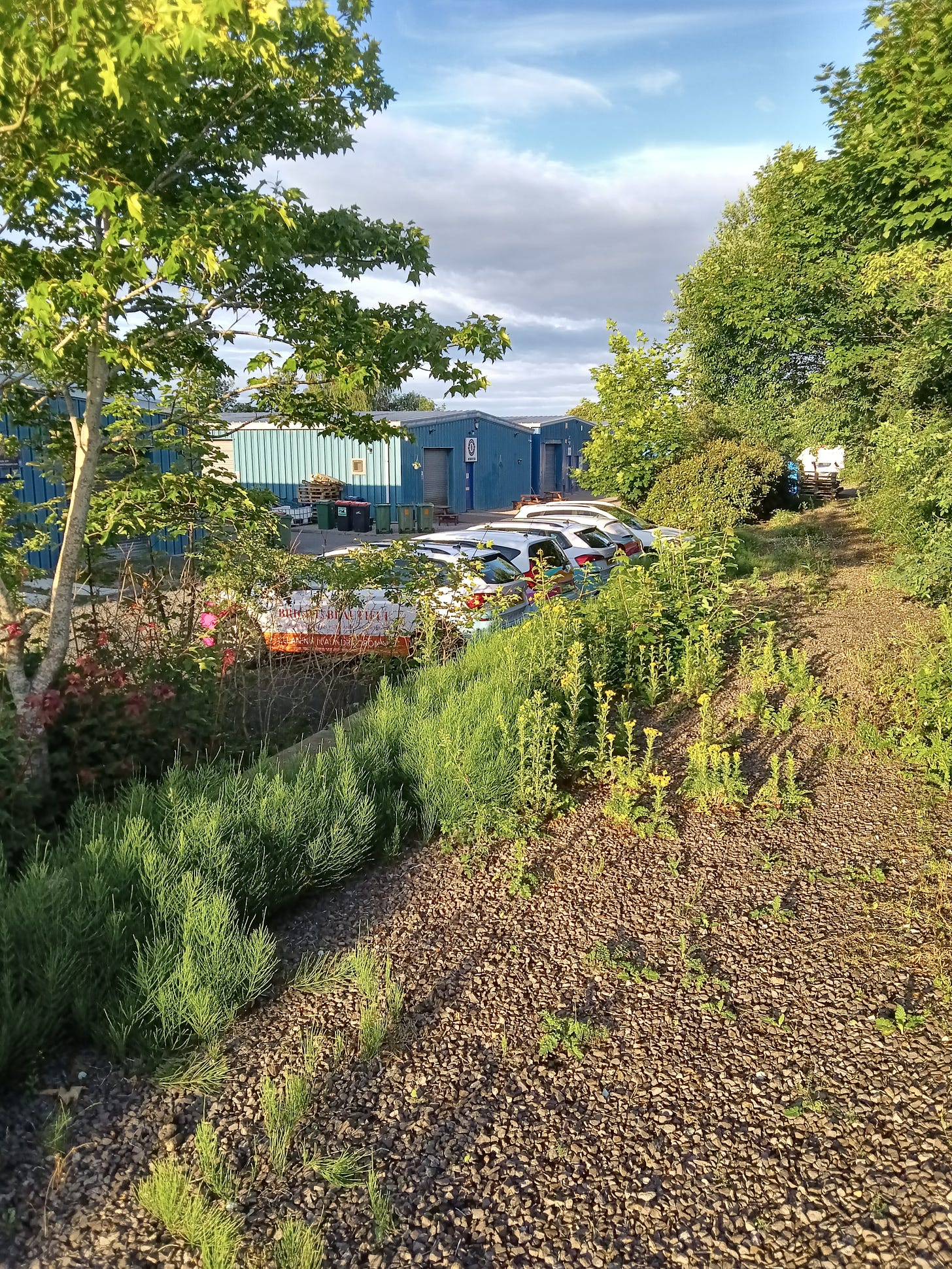Lost Spaces, Third Places, and Improving Placeness | Policies for Places
As pressures increase for (re)development in urban areas in the face of demand for affordable housing, environmental concerns and changing patterns of employment, open public spaces are constantly having to compete against other land uses. As cities also face calls for reclaiming public space for public use as crucial to the social sustainability and wellbeing of urban living, urban planners and developers seek to find a balance between economic development, environmental challenges and social expectations of residents.
The concept of third places, that is any space other than homes (first places) and work (second places) as a vital feature of the public realm which can enhance quality of life, social capital and community identity whilst improving economic development is my focus here. The social value from third places adds to the economic value which drives the commercial culture behind much of modern urban development. Together they enhance the placeness of urban spaces.
Lost spaces
Lost spaces exist in most cities as changing technologies and social behaviour impact urban space. When industries decline, or parts of cities are rundown through population changes, gaps in the built environment are left behind. In the light of these changes buildings may lose their original purpose. Lost spaces are urban spaces that make little positive contribution to their surroundings or for users and are in need of re-thinking and redesign.
The image below shows a former hospital site no longer suitable for modern medicine awaiting clearance and re-purposing.

Lost spaces may be at all scales from large tracts of land once home to major industrial activity (such as former mine workings, power stations or steel mills) to single properties in towns which through neglect or misfortune fall into disrepair and cease to have any function as in the image below.

Lost spaces can also be leftover spaces arising from unconstructed parcels of land left between buildings or as a consequence of planning decisions on such as the re-aligning of roads or underneath flyovers and at the base of high-rise blocks. The pressures for rapid development in cities can often treat buildings as individual units within the urban landscape which can in the extreme lead to unusable spaces, sometimes referred to as voids or ‘anti-spaces’ which can make no contribution to the city or its people.
Lost or leftover places can be the potential social spaces cities need. Instead of being underused, abandoned or deserted they can be absorbed into the public realm. They are often versatile spaces which could have a strong identity and are open to physical interpretations. They have the potential to attract economic investment and social participation to create a vibrant public realm, improved quality of life and ecological balance which enhances the physical appearance of the urban landscape. The image below shows a former railway yard now home to business units including a commercial radio station and a craft brewery.

Third places
When it comes to urban development the concept of third places is important in transitioning away from urban landscapes as merely collections of physical structures to a concern with community building. People want more than just a place to live or a place to work. They want spaces where they can connect with their community and for social interaction and an environment conducive to health and wellbeing.
A third place is a term used to refer to refer to places for social interaction which are distinct from the home and the workplace. As proposed by Ray Oldenburg in 1989, third places are important for civil society, civic engagement and sense of place. Third places are ‘anchors’ of community life and foster more creative social and cultural interactions
Of course societies have always had meeting places such as plazas, parks, churches, and public halls. What is new in current times is that such places are seen as vital to current societal needs especially in the rapidly developing urban environment. For Oldenburg a third place should have free or inexpensive food, be easily accessible on foot, and be welcoming and comfortable. By fostering common interest, social interaction and cultural value such places will contribute to social capital and place awareness and identity.
Lost places into third places
In the face of the huge pressures on urban land use in cities a major challenge for urban planners and developers is to turn lost and leftover places into third places. The facilities most often seen as third places include coffeeshops, clubs, bars, communal gardens, parks, public squares and plazas, libraries, community centres, churches, and spaces for cultural activities which act as gathering places for people to socialize and engage with others.
It seems that some forms of third places have more impact than others. An American study shows that what makes a difference to feeling connected locally is having third places nearby. Respondents report that the places with most impact are spaces of private consumption such as cafes and restaurants, followed by public parks or community gardens and less so public facilities such as community centres and libraries which are often promoted as community anchors. Of least impact were bookstores, corner shops or other commercial places such as gyms or barbershops.
Other studies have used the concentration of third places per head of population as an indication of the strength of a sense of community and extent of social interaction in a locality. It is suggested that third places per employee in an area can be a guide to developers to prioritize areas for third place development and profile the kind of places which might be developed.
Recognizing this, one solution from planners and developers is the creation of more mixed-use developments which include a variety of third places such as coffee shops, bars, parks and community centres. This helps attract both residents and businesses to a community.
Evolution of third places
Putman in his book Bowling Alone describes a decline in club memberships, church attendance and other forms of conventional social participation in the later part of the 20th century. Planning decisions that create car-dependent suburban sprawl and the separation of residential and commercial areas contribute to these changes. Shopping malls serve as new town squares, controlled by private enterprise. Third places in suburban areas are often convenience chains like Starbucks or corner shops.
Writers also point to an important of the role of third places in the response to emerging social problems such as loneliness and feelings of alienation in fast changing urban areas. Appropriate third places to allow people to meet and form relationships is vital both to individuals and society in the reduction of ill-health and enhanced wellbeing.
Technological change has changed how people interact with communities and use third places. The growth of online shopping has reduced footfall in town centres with implications for the use of third spaces. For some, third places may now be virtual, chat rooms, Facebook or group texts. Video conferencing and social media have led people to be less inclined to leave homes for work or social interaction. But as the pandemic has shown, technology is not a complete replacement for third places. Restrictions on face-to-face interaction are associated with increasing mental health and wellbeing issues and has demonstrated the continuing need for third places. New technologies offer the opportunity to enhance third places to be used alongside traditional physical spaces for random conversations, new perspectives and uncovering commonalities among strangers. There is common ground to be found between virtual and in-person connections.
New opportunities for third places
All this produces new challenges to planners and developers to produce effective responses in this changing environment. There is emphasis on moving from single use buildings to multi-purpose developments which can include third places alongside other residential or workspace provision. There are opportunities in retro-fitting public spaces and re-purposing vacant store-fronts and shopping malls as activity centres for all age groups.
Other projects are demonstrating how using abandoned spaces can help people in cities live more sustainably for example by using derelict land as an urban market garden to grow fruit and vegetables and help local communities access fresh local produce as well as bringing people together to learn, form friendships and help overcome poverty, hunger and loneliness.
Third places can help encourage social and cultural diversity in neighborhoods through their differing offerings. Planners can emphasize accessibility through walkable neighborhoods, imaginative street layouts and street furniture. Pavements and parking space can be seen as lost spaces for third place development, all of which have the potential to increase the likelihood of meeting others as residents go about their business.
Widespread availability of free wi-fi provides a connection between the face-to-face and virtual worlds and can encourage inclusive social participation outside the home or workplace.
Placeness
Placeness is a term used by Relph to refer to the quality of a place. As spatial availability has become a serious challenge to developing the urban environment, planners can help identify lost and leftover spaces within existing city areas. Developers can be required to focus on empty spaces and buildings, either demolishing buildings that are dilapidated, re-purposing abandoned land and buildings, or extending spaces to the public realm.
Building cities from within is an approach that can help save encroaching on undeveloped land and avoiding urban sprawl. Densification in development can improve the aesthetic of the neighborhood as visual appearance is influenced by occupied space, and breathe new life into underutilized spaces.
Whilst some third places will emerge spontaneously, planners need to adopt a strategic and holistic approach to the use of lost spaces for city re-generation to embrace the creation of third places. Mapping techniques to highlight the distribution and character of existing third places can guide the advice to developers for the creation of future third places..
A diverse range of accessible third places is vital for the enriched placeness of neighborhoods and urban districts in the interests of residents and commercial concerns alike.
References for further reading
Goosan Z and Cillcer EF (2020): Enhancing Social Sustainabilty through Planning Third Places in Social Indicators Research 150/4
Oldenburg, Ray (1989): The Great Good Place
Putman, Robert R (2000): Bowling Alone, Simon and Schuster
Relph E (1976): Places and Placelessness, London, Pion
 Printer-friendly version
Printer-friendly version- Login to post comments







